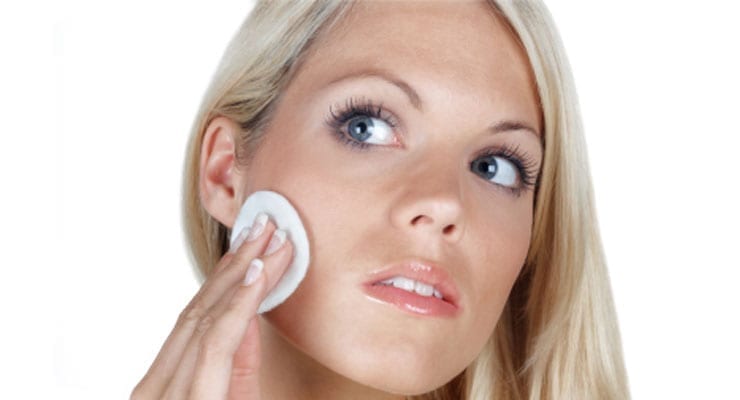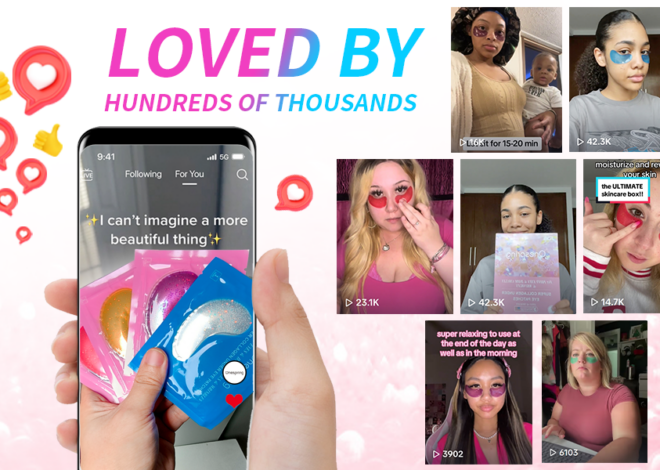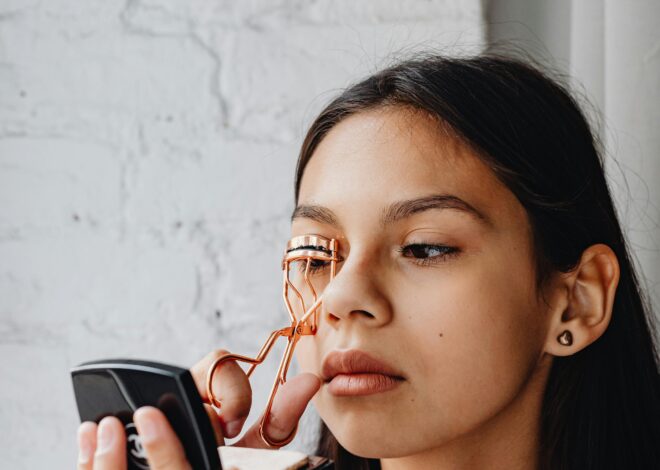No matter whether you’re fourteen or forty – we all want great skin!
And who better to share tips and tricks for getting your natural glow on than an expert? Lucky for us, top New York dermatologist Debra Jaliman, MD, was willing to part with some of her secrets:
“Few people have naturally perfect skin, but whatever skin you were born with can be made to look better, usually a whole lot better. What everybody should aim for is their own best skin, the kind that gets compliments and has a healthy glow.
Over the years I’ve compiled an extensive list of ‘skin rules’ that are designed to help people navigate beauty aisles in stores and ask the right questions during dermatologist visits. I’m sharing some of my favorites below. I hope you find them useful and look forward to more skin health and beauty tips on my list.”
Rule 1: Wash Your Face Correctly
In my practice, we always teach patients how to cleanse their faces. The first thing they learn is that their fingers are not enough and will never get their skin really clean. Fingers can’t exfoliate and besides, fingernails harbor bacteria. Keep some simple points in mind.
Use a fresh washcloth or cotton pads or rounds every time you wash your face. Rub gently, don’t scrub, particularly around the nose and on the neck. Cleaning gadgets can remove more makeup, dirt, and oil than manual cleansing.
Rule 2: Exfoliate, Exfoliate, Exfoliate
Even the best skin in the world will look dull if it is not well exfoliated. You can exfoliate on a daily basis with your cotton washcloth or disposable cotton pad and a cleanser, or with the use of cleansing machines. You’ll have to take certain precautions depending on your skin type.
If you’re using a machine and have delicate skin, make sure you select an appropriate brush. If you have normal or oily skin, use a scrub with fine granules or microspheres once or twice a week.
Toners and pads with alpha hydroxy acids or salicylic acid work well if you’re averse to using abrasive scrubs. Don’t grind your face, a toner or pad is meant to be gently wiped once over the face.
Rule 3: For That Real, Tanned Look, Fake It
Twenty years ago, when the first self-tanners made people look like giant pumpkins, it was understandable when people avoided the “fake bake.” But nowadays self-tanners are so good, there’s no excuse for permanently damaging your skin under the sun. In fact, I once scolded a patient for her deep, bronze tan, only to find out she had used a self-tanner so good (and so expertly applied), it had fooled even me. Experiment with a few tricks until you get your desired look.
Before applying a self-tanner, always exfoliate first in the shower with a washcloth or a nylon mesh sponge. Since self-tanners take a few hours for their darkening effect to mature, pick your shade carefully by choosing a tone that would look like your skin, but with a light tan.
Avoid a dramatically different look. It will always appear unnatural. Repeat applications once a week to maintain color since we are constantly shedding top layer skin cells. Sprays-on tan mists can be inhaled and have a tendency to go on unevenly. Creams, mousses, and lotions are safer and applied with greater success.
Use disposable gloves or wash hands immediately after application to avoid the dreaded orange palms.
Rule 4: Beware Of Bacteria and Steer Clear Of Testers
I’ve seen a surprising number of patients whose acne failed to improve until they actually started washing their applicators. Keep in mind that bacteria build up quickly on any surface, particularly one that comes into contact with your skin. This is especially important to remember with eye applicators. Avoid harmful infections by keeping clean and avoiding germs.
Wash your make-up brushes and sponges at least once a week. Using baby shampoo is fine. Just make sure to get it all out and let your applicators dry completely.
Never, never use another person’s mascara, or even worse, store testers that others have used. At the cosmetics counter, test make-up on your wrist and arm. Don’t even think of using that tester lipstick on your mouth. Better to throw out a new lipstick that turned out to be the wrong shade than risk a herpes infection on your face. I have seen patients with herpes on their lips and eyelids they got from testers, and it is not a pretty sight. Although herpes is treatable, it is a recurrent infection and one you will have to live with for the rest of your life.
Rule 5: Drink Green Tea. Lots Of It.
Sometimes it seems that every week scientists discover new benefits to drinking green tea. We now know that it aids weight loss by boosting metabolism, for example, but there is increasing evidence that green tea also has very specific effects on the skin. It is full of polyphenols, anti-oxidants that appear to prevent skin cancer and protect against free radicals that age the skin. If you haven’t already, introduce green tea into your daily routine.
Green tea is a preventative remedy. Start drinking it at an early age and to drink it every day. Four cups of green tea a day is ideal, but standardized green tea supplements work well too. The dose I recommend is 500 mg daily. Add lemon or lime to a cup of green tea to increase its effectiveness.
Green tea is also an anti-inflammatory agent. Apply a cooled portion to soothe irritated skin or a mild sunburn. Bottled green tea may taste good, but it doesn’t have the same benefits as freshly brewed tea.
I have become such a fan of green tea that I not only drink several cups a day, I also offer it to patients in my practice. One thing I have learned, though: don’t drink green tea (or anything with caffeine) after 5 p.m. if you want a good night’s sleep. That goes for chocolate, too.
Debra Jaliman, MD, author of Skin Rules: Trade Secrets from a Top New York Dermatologist, is a board certified dermatologist with a private practice in New York City. Internationally recognized for her research and work in clinical and cosmetic dermatology, Dr. Jaliman has a reputation for using cutting-edge technology and the latest in skin care, as well as for being the “last stop” doctor, the one who fixes what others can’t. She is an assistant professor of dermatology at Mount Sinai School of Medicine and a member of the American Society of Dermatologic Surgery. She is a spokesperson for the American Academy of Dermatology and is regarded as an authority in her field by journalists and cosmetics industry, appearing frequently on television and in publications such as the Wall Street Journal, the New York Times, Allure, Glamour, Self, and InStyle.





